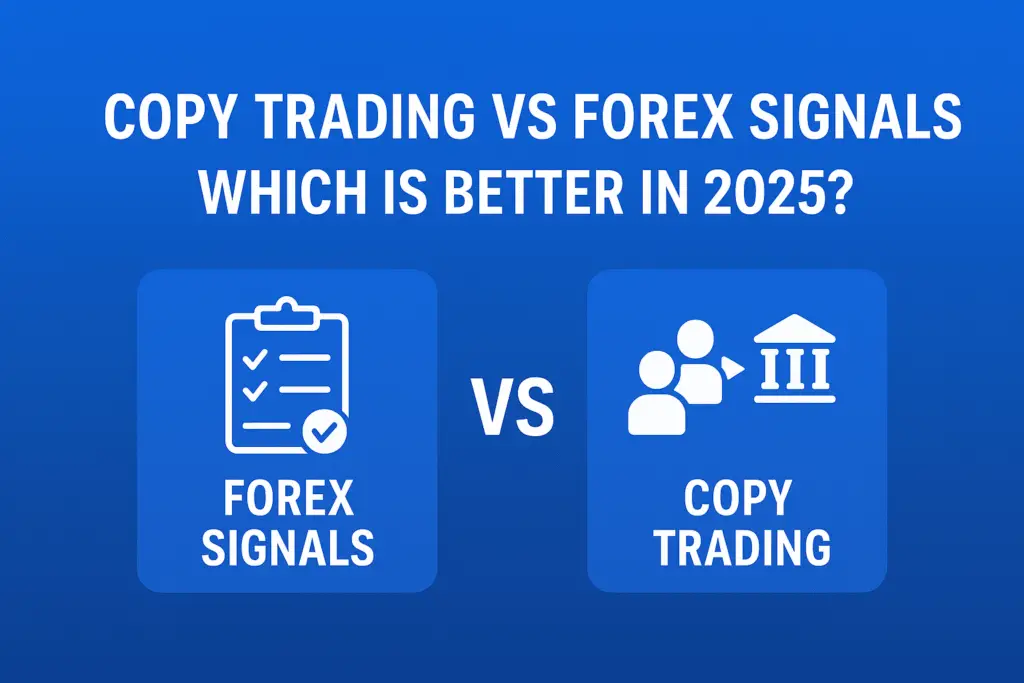
GBP/USD & Gold Signals: Smart Trading Opportunities
The forex and commodities markets are buzzing with opportunities this week, particularly in GBP/USD and Gold (XAU/USD). Both instruments are highly sensitive to economic data, central bank policies, and market sentiment. In this article, we outline the best trading signals for GBP/USD and Gold, offering both short-term and medium-term opportunities.
1. Fundamental Outlook
GBP/USD
The British pound is facing headwinds from Bank of England’s monetary policy stance and UK inflation data. If inflation remains sticky, the BoE may delay rate cuts, supporting GBP. However, weak growth data could limit upside potential.
Gold (XAU/USD)
Gold remains influenced by US interest rate expectations and safe-haven demand. If the Federal Reserve signals further tightening, Gold may struggle. On the other hand, geopolitical tensions and stock market uncertainty continue to support demand for the yellow metal.
2. Technical Analysis
GBP/USD Key Levels
- Resistance: 1.2800 and 1.2950
- Support: 1.2650 and 1.2520
The pair is consolidating near support, with momentum indicators showing a potential breakout if buyers regain strength.
Gold (XAU/USD) Key Levels
- Resistance: $1950 and $1985
- Support: $1910 and $1885
Gold is testing critical resistance, and a close above $1950 could trigger further gains toward $1985. A rejection could bring the metal back toward $1910.
3. Short-Term Trading Signals
GBP/USD
Buy Signal: If GBP/USD holds above 1.2650 with bullish candlestick confirmation, target 1.2800.
Sell Signal: A breakdown below 1.2650 could open the way to 1.2520.
Gold
Buy Signal: A daily close above $1950 may extend upside to $1985.
Sell Signal: Failure to break $1950 with rejection patterns could send Gold back toward $1910.
4. Market Sentiment
Retail traders are heavily long on Gold, while institutional positioning shows more balanced exposure. For GBP/USD, speculative sentiment remains mixed, with uncertainty surrounding BoE’s next steps.
5. Trading Strategy Tips
- Use confirmation from economic releases before committing to trades.
- Combine technical setups with market sentiment for higher accuracy.
- Always apply risk management with stop-loss levels below key supports.
Conclusion
Both GBP/USD and Gold are presenting smart trading opportunities this week. By monitoring fundamental drivers and respecting technical levels, traders can position themselves for profitable setups. Stay alert to central bank signals, inflation data, and geopolitical risks for potential high-impact moves.













